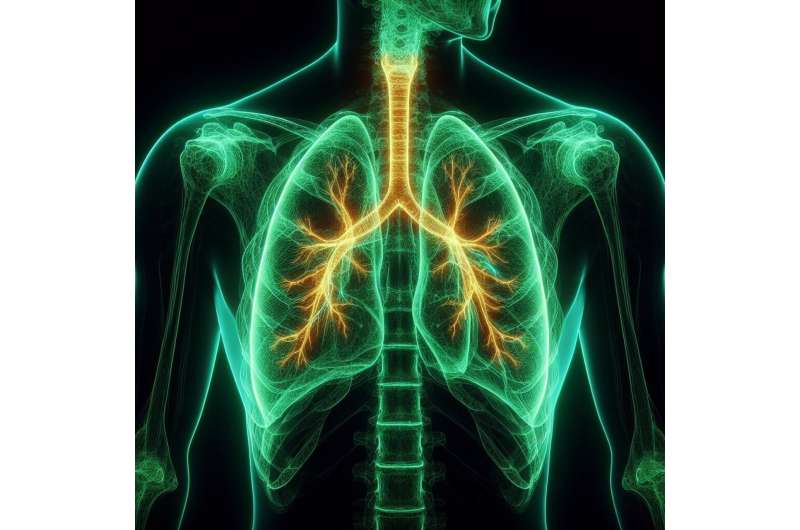Advancements in 3D-Printed Lung Models for Better Disease Study and Treatment

Researchers are developing 3D-printed lung models that could revolutionize disease study and personalized treatment, paving the way for improved therapies and potential lung regeneration.
Recent developments in bioengineering have led to the creation of 3D-printed lung models that promise to transform how we study and treat respiratory diseases. Traditional two-dimensional cell cultures and animal models often fall short in mimicking the complex structure and function of human lungs, which can hinder effective disease research and therapy development. To overcome these limitations, researchers from the University of Saskatchewan, including the Vaccine and Infectious Disease Organization (VIDO) and the College of Engineering, are pioneering the fabrication of realistic lung tissue models using advanced 3D bioprinting techniques.
These models utilize special bioinks embedded with living cells, allowing scientists to replicate the intricate architecture of lung tissue accurately. Using the Canadian Light Source at USask, the team examined the shape and functionality of the 3D-printed lungs without damaging the samples, confirming that the cellular environment supports lung cell survival and growth. This breakthrough provides a more accurate platform for testing new medications and studying infectious agents like tuberculosis and cystic fibrosis.
The collaborative effort involves growing living cells within the printed structures while engineers focus on the precise fabrication process. Future steps include developing additional lung models and evaluating their responses to various infectious diseases. Achieving a fully functional, lab-grown lung that closely mimics human tissue could be revolutionary, enabling personalized treatment plans and potentially providing a new avenue for lung transplants.
Dr. Nuraina Dahlan emphasizes that a model replicating human lungs would be a game-changer, offering unparalleled insights into disease mechanisms, drug efficacy, and the possibility of growing replacement lungs for transplantation. This research signifies a significant stride toward personalized medicine and more effective interventions for lung diseases.
The full study is published in Biomaterials Advances and marks an important milestone in lung tissue engineering and regenerative medicine.
Stay Updated with Mia's Feed
Get the latest health & wellness insights delivered straight to your inbox.
Related Articles
Controversy Surrounds Enhanced Games Where Athletes Use Performance-Enhancing Drugs for Million-Dollar Prizes
The Enhanced Games in Las Vegas will allow athletes to dope to compete for up to $1 million, sparking global controversy over sports integrity, health risks, and fairness.
New Research Highlights the Health Risks of Inhalable Microplastics and Nanoplastics
Emerging research reveals the potential health risks of inhaling tiny airborne microplastics and nanoplastics, highlighting their role in immune disruption and toxin delivery. Learn about the latest findings on plastic pollution's impact on human health.
How Changes in CT Scans Over a Year Predict Outcomes in Fibrotic Lung Disease
Recent advances in AI-enhanced CT scan analysis enable early prediction of disease progression and survival in patients with fibrotic lung diseases, potentially transforming patient management and treatment strategies.



